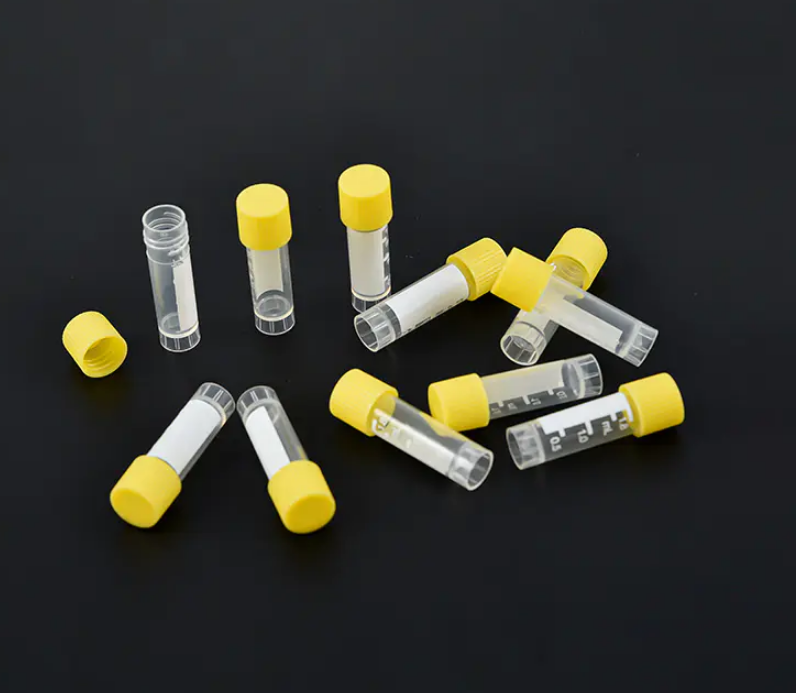Key Characteristics of Laboratory Test Tubes

Laboratory test tubes are essential items used in a wide range of scientific and medical applications. These cylindrical vessels are commonly used to hold, mix, or heat chemical substances in laboratories. They come in various sizes and are typically made from glass or plastic, depending on the requirements of the experiment.
Glass test tubes, often made from borosilicate glass, can tolerate temperature changes and are suitable for heating substances over open flames. They are reusable when properly cleaned and sterilized. Plastic test tubes, on the other hand, are lightweight and often designed for single-use purposes, especially in biological and medical testing.
Most test tubes have a rounded bottom and an open top, making them easy to handle with clamps or racks. Some models include caps or stoppers to prevent contamination or spillage. Markings may be printed or etched to indicate measurement levels or identification codes.
These test tubes are used in settings such as clinical laboratories, school science labs, and research institutions. Their simple design supports a variety of basic laboratory tasks, including centrifugation, sample storage, and liquid handling.
- Art
- Causes
- Crafts
- Dance
- Drinks
- Film
- Fitness
- Food
- Игры
- Gardening
- Health
- Главная
- Literature
- Music
- Networking
- Другое
- Party
- Religion
- Shopping
- Sports
- Theater
- Wellness


